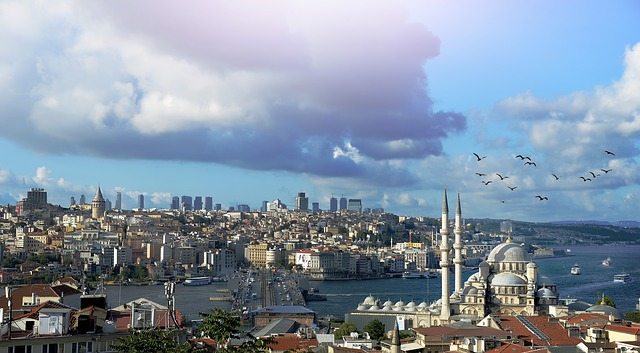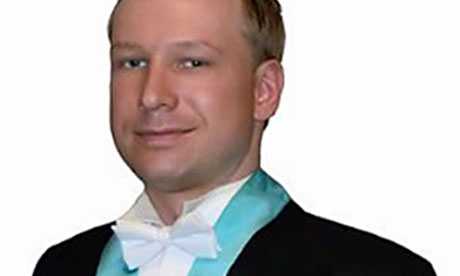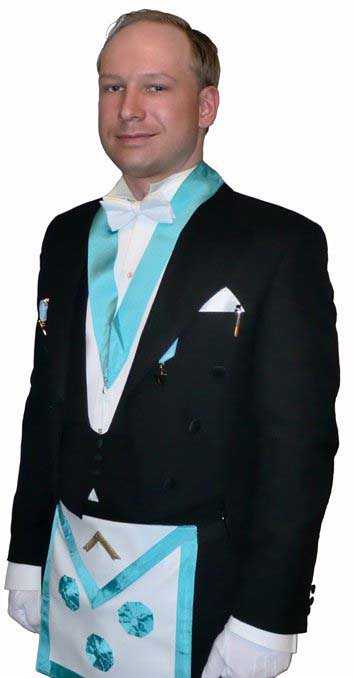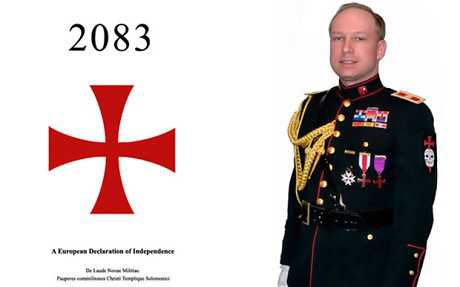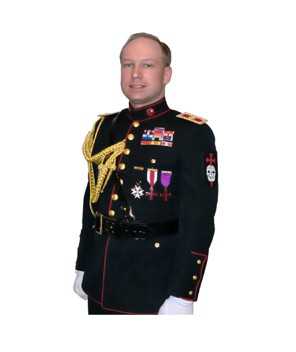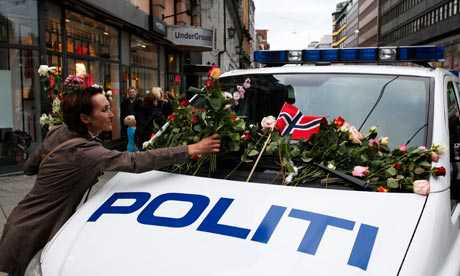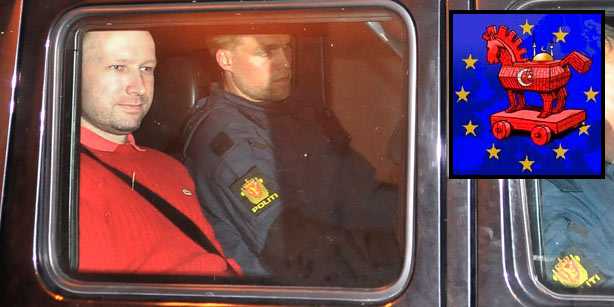 A fundamentalist Christian who massacred 76 people in Norway had strong feelings against Turkey and Turks. A book believed to have been written by Anders Behring Breivik, who admitted to having staged both the bombing of government buildings in Oslo on Friday and later killing dozens of teenagers at a Labor Party youth camp on the island of Utoya, has revealed that the terrorist was an ardent hater of Turkey.
A fundamentalist Christian who massacred 76 people in Norway had strong feelings against Turkey and Turks. A book believed to have been written by Anders Behring Breivik, who admitted to having staged both the bombing of government buildings in Oslo on Friday and later killing dozens of teenagers at a Labor Party youth camp on the island of Utoya, has revealed that the terrorist was an ardent hater of Turkey.
In a 1,500-page manifesto titled “2083: A European Declaration of Independence,” Breivik made hundreds of references to the Ottoman Empire and Turkey, rambling on about hundreds of years of world history, reflecting a revisionist interpretation that sees history only as being a long-running conflict between Muslims and Christians. His manifesto, written in a fashion akin to a journal, also indicates that he has visited Turkey.
Norwegian police initially reported that the assailant killed 93 people but then it reduced the confirmed death toll on Monday to 76.
There are 237 references to Turks and Turkey in the manifesto, but this number does not take into account the many other references to Ottoman history (written mostly focusing on the state of religious minorities) and the Seljuk Empire. He accuses the Ottoman Turks of genocide of various minorities, including the Armenians, the Orthodox Greeks and the Assyrians.
There are lengthy analyses of the Ottoman Tanzimat (Reformation) era, the Declaration of Reforms (Islahat Fermanı) period, the period under Abdülhamid II and the Committee of Union and Process government and its ruling triumvirate — Enver, Talat and Cemal Paşa — as well as the early republican period. After a 40-page analysis of the Ottomans and the early republican era, on page 187, he concludes: “[Turkish Prime Minister Recep Tayyip] Erdoğan’s efforts to further re-Islamize Turkey are entirely consistent with a return to Turkey’s Ottoman past as the heartland of an empire established by jihad and governed by the Shariah. Indeed, both the current Erdoğan administration and the regime headed by the overtly pious Muslim [Necmettin] Erbakan a decade ago reflect the advanced state of Islam’s ‘sociopolitical reawakening’ in Turkey since 1950-1960, when the Menderes government, pandering to Muslim religious sentiments for electoral support, re-established the dervish orders and undertook an extensive campaign of mosque construction. Despite Frank Gaffney’s apparent failure to understand this continuum of related historical phenomena, I share his acute concerns. And ultimately, we agree that Turkey’s bid to join the EU should be rejected.”
Sèvres for Turkey
Starting on page 235, Breivik presents a history of the Battle of Vienna from a Christian perspective and again accuses Turks of Islamizing Bosnia and Kosovo. Starting on page 313, he expresses his hostility toward many international organizations, including the EU and the UN. On page 314, Breivik wrote: “The EU is deliberately destroying the cultural traditions of member states by flooding them with immigrants and eradicating native traditions. This is a gross violation of the rights of the indigenous peoples across an entire continent. Europe has some of the richest cultural traditions on the planet. To replace this with Shariah barbarism is a crime against humanity. The European Union is currently the principal (though not the only) motor behind the Islamization of Europe, perhaps the greatest betrayal in this civilization’s history. Appeasement of Islam and Muslims is so deeply immersed into the structural DNA of the EU that the only way to stop the Islamization of the continent is to get rid of the EU. All of it.”
The ‘Atatürk approach’ has already failed
Breivik says on page 723 that the “Atatürk approach” failed to modernize Muslims. “Many moderate cultural conservatives have suggested that banning the Shariah will solve all our problems and force the Muslims to integrate. Unfortunately, Islam is a lot more resilient than most people can comprehend. Any ‘Atatürk approach’ will not solve anything but only delay the inevitable. Turkey became secular after Mustafa Atatürk, by military force, implemented his harsh reforms 90 years ago. The result? The Shariah lay dormant for 70-80 years. As soon as it was practically possible (Turkey had to implement more human rights to appease the EU) the former ‘dormant’ devout Muslims resurfaced and the Islamist alliance won the last election. … The reason why Atatürk failed is because Islam is extremely resilient, in fact more resilient than most people can comprehend.”
Breivik also asserted that the Treaty of Sèvres should be applied to Turkey and equates supporting Turkey’s membership in the EU as supporting a global jihad. He also says Turkey and Albania should be kicked out of NATO. On top of that, he states that Europe should wage war on Turkey to re-Christianize Eastern and Western Anatolia and the northern part of Cyprus.
Today’s Zaman

